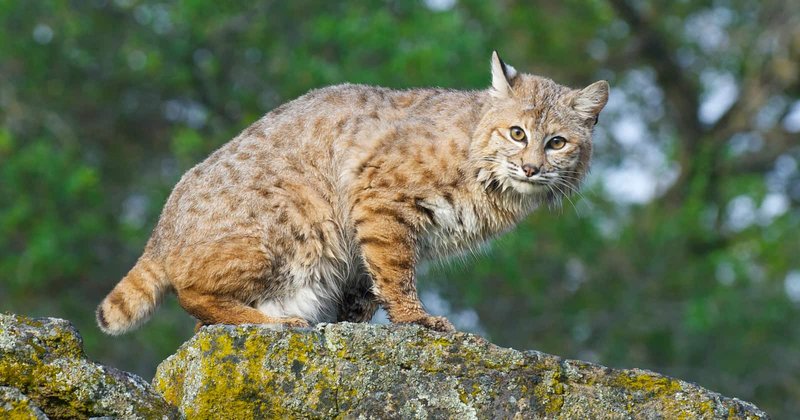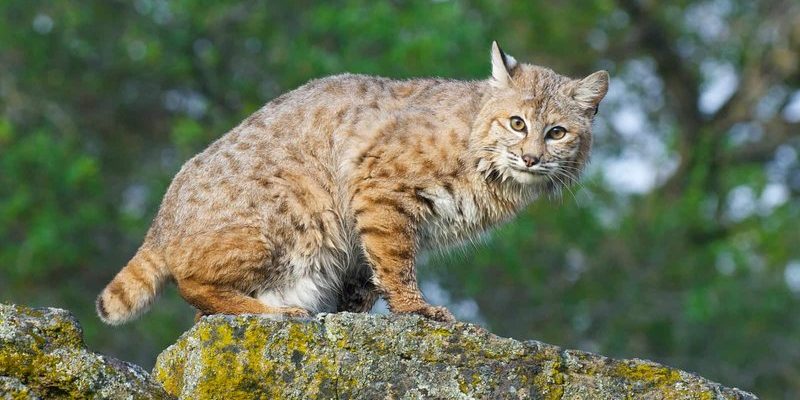
Honestly, when it comes to bobcats, there’s a lot we need to unpack. On one hand, they’re generally shy and elusive, opting to avoid humans whenever possible. On the other hand, like any wild animal, they can act unpredictably if threatened. So, if you’re curious about the balance between bobcats and safety, you’re in the right spot. Let’s dig deeper into this topic and explore the nature of bobcats, their behavior, and what you should know about potential dangers.
Understanding Bobcat Behavior
Bobcats are solitary animals that thrive in various habitats, from forests to deserts. They’re primarily nocturnal, meaning they’re most active at night. This habit helps them avoid human interaction and residents of suburban areas. You might be wondering, why are they even in those areas? Well, they often hunt small mammals, birds, and even the occasional house pet, so their presence might be more common than you think.
When bobcats feel safe, they’ll generally keep their distance from people. Their instinct is to flee rather than confront. So, if you spot one, chances are it won’t stick around to say hello. However, if a bobcat feels cornered or threatened, it can become defensive. This is the key moment when they might act aggressively. Picture a cat backed into a corner—all those claws and teeth become a lot more intimidating!
Bobcat Attacks: Rare but Real
Now, let’s address a common concern: can bobcats actually attack humans? The short answer is yes, but it’s incredibly rare. Most attacks occur when a bobcat is injured, has rabies, or is defending its young. In the wild, these encounters are few and far between. According to wildlife experts, there are only a handful of reported incidents involving unprovoked attacks on humans each year across North America.
To put things into perspective, you’re more likely to encounter a deer in your backyard than a bobcat. In fact, many people live their whole lives without ever seeing one in the wild! So, it’s safe to say that while bobcats have the potential to be dangerous, they’re not typically seeking out trouble with humans. They’re more interested in avoiding us, just like we’re often trying to keep our distance from them.
How to Stay Safe Around Bobcats
If you happen to spot a bobcat during a hike or even in your neighborhood, a few simple steps can help you stay safe. Here’s what you can do:
- Keep your distance: If you see a bobcat, admire it from afar. Getting too close can stress the animal and trigger defensive behavior.
- Don’t feed wildlife: This not only encourages bobcats to linger but can also lead to dangerous encounters—not just with them, but other wildlife too.
- Secure pets: Small dogs and cats can be seen as prey. Keep them indoors during the night or supervise them when outside.
- Beware of young: If you notice a bobcat with kittens, keep your distance. Mothers are protective and may see you as a threat.
Following these guidelines can make your encounters much more peaceful and pleasant. Remember, the goal is to coexist without causing stress or fear for either party.
Bobcats and Rabies: What You Should Know
One of the main reasons people worry about wild animals like bobcats is the risk of rabies. This viral disease can affect any mammal, and while bobcats can contract it, it’s not something you should panic about. The incidence of rabies in bobcats is relatively low compared to other wildlife, such as raccoons or bats.
However, if a bobcat appears unusually aggressive or disoriented, it might be a sign of rabies. Symptoms can include excessive drooling, lack of fear of humans, or strange behavior. If you encounter a bobcat displaying these signs, it’s best to maintain your distance and report the sighting to local wildlife authorities. They can evaluate the situation and take appropriate action.
Bobcat Conservation and Human Interaction
While it’s essential to consider safety, we also need to think about the conservation of bobcats. These animals play a crucial role in their ecosystems, keeping populations of smaller animals in check. Their presence indicates a healthy environment. Sadly, habitat loss and hunting have threatened their numbers in some areas.
So, what does this mean for us? It means we should aim for a respectful coexistence. Understanding bobcats and their behavior can help us appreciate them without undue fear. By educating ourselves and others about these fascinating creatures, we can support their conservation while keeping ourselves safe.
In summary, while bobcats can potentially pose a danger to humans, encounters are rare and often avoidable. By understanding their behavior, respecting their space, and taking precautions, you can enjoy the beauty of nature without fear. Remember, bobcats are part of our ecosystem, and their shy nature usually makes them more interested in avoiding us than engaging.
So, next time you hear a rustle in the bushes, think twice before assuming the worst. Instead, appreciate the wild world around you and the creatures that inhabit it. By fostering a sense of respect and curiosity, we can create a harmonious balance with the natural world and its many animals, bobcats included.

